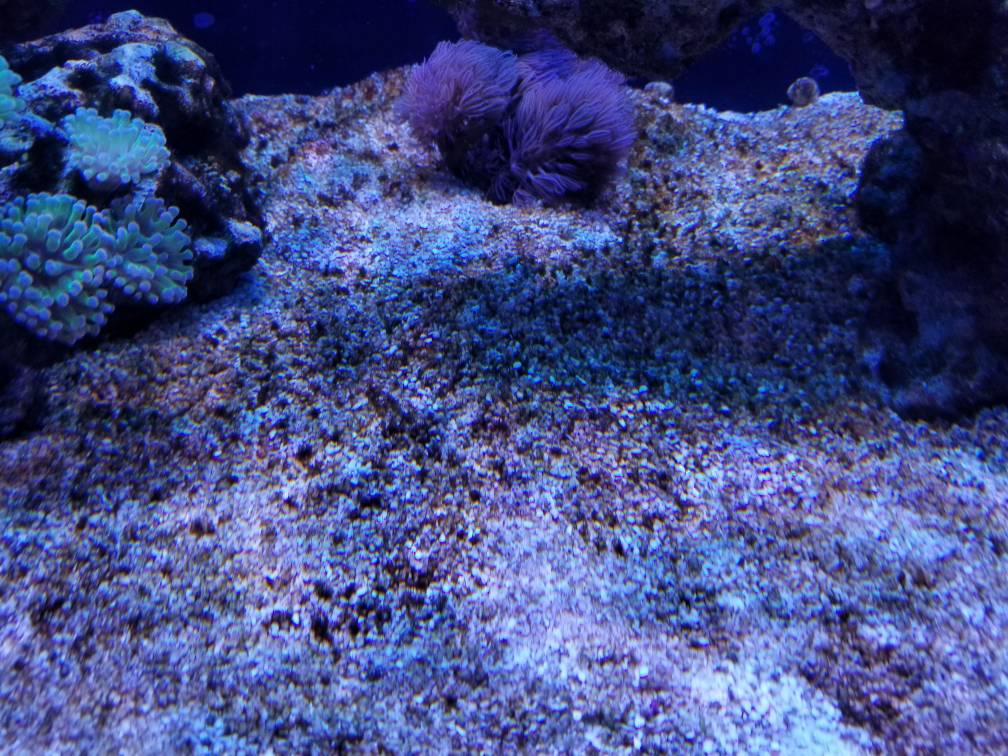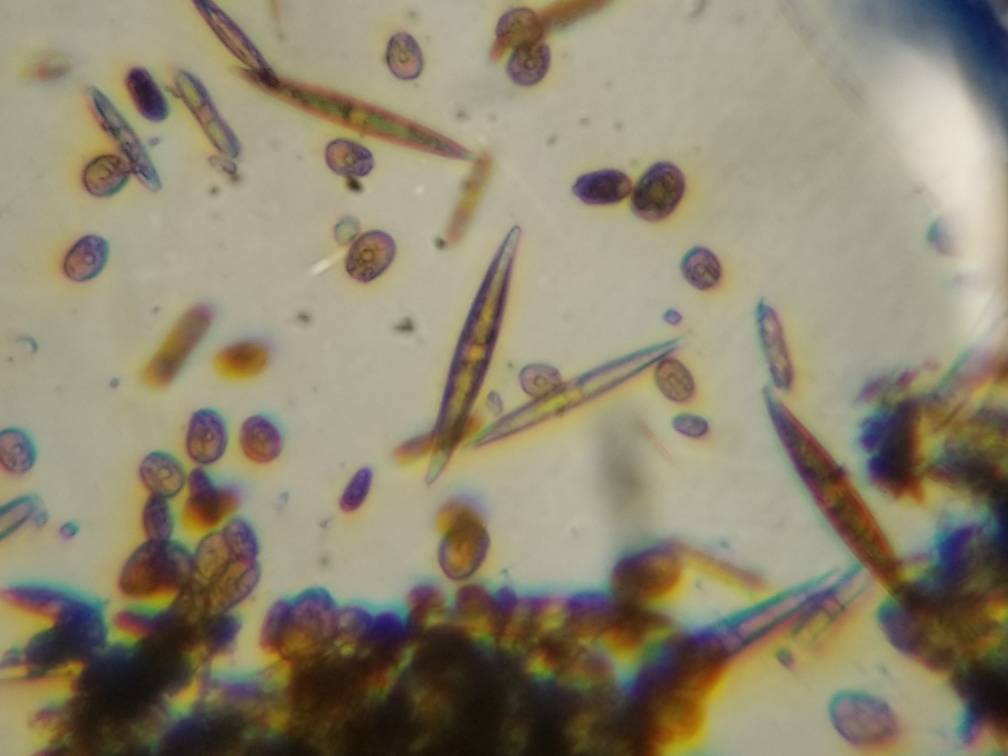- Joined
- Jun 17, 2018
- Messages
- 64
- Reaction score
- 195
What has worked for me:
- Create Competition for space => [[[[Having a dirty tank => don't clean glass, turn off protein skimmer, keep chaeto/algae scrubber running, dont change filter socks]]]] or [[[adding Live Phyto/Zoo plankton daily until issue is resolved]]].
- UV Light and Ozone => make sure when getting a UV light that you do overkill rather than minimum requirements for your tank other wise its pointless. Keep UV light on 24hours/day until situation clears up. Then you can switch to keeping it on only during the day giving you the opportunity to continue seeding/reseed your tank with Phyto/Zooplankton that mostly come out at night.
- Create Competition for space => [[[[Having a dirty tank => don't clean glass, turn off protein skimmer, keep chaeto/algae scrubber running, dont change filter socks]]]] or [[[adding Live Phyto/Zoo plankton daily until issue is resolved]]].
- UV Light and Ozone => make sure when getting a UV light that you do overkill rather than minimum requirements for your tank other wise its pointless. Keep UV light on 24hours/day until situation clears up. Then you can switch to keeping it on only during the day giving you the opportunity to continue seeding/reseed your tank with Phyto/Zooplankton that mostly come out at night.


















